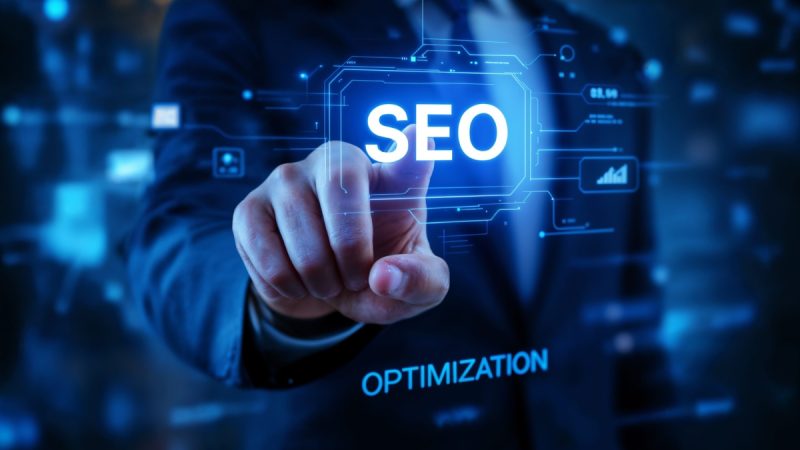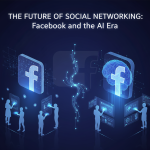Introduction
By 2025, mental health will be central to workplace culture, driven by the growing impact of heavy workload on employee well-being and performance. Discussions on stress, burnout, and mental health are finally receiving the attention they need in boardrooms and break rooms. What is actually causing this change, though? Is there more going on behind the surface, or is it just the increasing workloads?
This blog examines why workplace mental health in 2025 has gained such importance and whether changing the way we work is the only practical way to address the issue.
Why Is Mental Health a Workplace Priority in 2025?
The statistics are telling. Studies show that nearly 70% of employees globally have experienced burnout in the past year, with Generation Z and Millennials demonstrating the most significant levels. While the pandemic may have sparked a greater awareness of mental health, the work environment that followed has solidified its importance.
Key factors contributing to this emphasis include:
- Heightened awareness and diminished stigma
- Increased job mobility resulting from toxic workplace cultures
- Remote work merging personal and professional lives
- AI technologies impose the expectation of being “constantly available”
Currently, organizations are coming to understand that prioritizing mental health in the workplace by 2025 transcends mere wellness initiatives it encompasses employee retention, engagement, and sustainable success.

Is It Just About the Workload or Something Deeper?
Although workload is an important element, it frequently serves as an indication of more extensive workplace dysfunctions. Employees express feelings of:
- Unacknowledged in decision-making
- Lacking support from management
- Feeling isolated despite digital connections
- Experiencing pressure to excel even when fatigued
This highlights a more profound cultural concern: work is not merely excessive it is excessively disconnected. Individuals yearn for purpose, independence, and equilibrium. In their absence, even a “manageable” workload can seem insurmountable.
Therefore, while workload may appear to be the apparent issue, the underlying problem often resides in the manner in which individuals work, rather than solely in the volume of work they undertake.
The Hidden Impact of Always-On Culture
One of the primary factors impacting mental health in the workplace in 2025 is the pervasive “always-on” culture. With emails, notifications, and updates constantly crossing time zones, numerous employees feel bound to their work around the clock.
Consequences of this include:
- Inability to completely disconnect during personal time
- Poor sleep quality resulting from late-night alerts
- Feelings of guilt or anxiety about not being sufficiently responsive
- “Productivity theatre” giving the impression of being busy rather than truly effective
This culture, which is often unspoken and accepted as the norm, gradually undermines mental resilience. Leaders must exemplify boundaries rather than merely advocate for them if they aspire to achieve sustainable employee well-being.
Remote Work: Relief or More Pressure?
During the pandemic, remote work was heralded as the answer to burnout; but, in 2025, its function is more complex. Yes, working remotely gives you flexibility and does away with commuting. However, it also presents:
- Sensations of loneliness and alienation
- Separating work and home life can be challenging.
- Performance anxiety brought on by obscurity
- Constant online meetings that cause “Zoom fatigue”
This demonstrates that changing locations alone won’t address mental health in the workplace in 2025. Working remotely is beneficial, but only when combined with robust support networks, effective communication channels, and advantages for mental health.
Burnout vs Stress: What’s the Difference?
Effective mental health solutions require an understanding of the distinction between stress and burnout.
- Stress is often task-based and transient. It’s the stress you experience prior to a significant presentation or deadline.
- Burnout is emotional and long-lasting. It is the outcome of ongoing stress without recuperation. Symptoms include fatigue, disinterest, cynicism, and a lack of focus.
- Burnout frequently passes for disengagement or “poor performance,” which can result in unjust treatment or lost chances for assistance. Supervisors must receive training on how to spot these warning signs and respond before things get out of hand.
Can Balanced Workloads Really Improve Mental Health?
Yes, but finding balance involves more than just cutting back on hours. It’s about creating work more intelligently:
- Having reasonable expectations
- Establishing independence in scheduling
- Promoting deep work and task prioritization
- Making time for rest and recuperation
Businesses that practice real balance frequently observe higher levels of employee loyalty, improved team morale, and enhanced production. In other words, people flourish when they feel encouraged and trusted. It’s among the simplest strategies to enhance mental wellbeing at work in 2025.
Conclusion
It is imperative that we cease to regard mental health merely as another task for Human Resources. Rather, it ought to be integrated into the very essence of our work culture encompassing everything from daily interactions to overarching company policies. This necessitates the establishment of a culture rooted in empathy, conducting regular well-being assessments, and moving away from reward systems that glorify burnout.
By 2025, workplace mental health should prioritize prevention over simple reaction. It is not solely about remedying burnout it is about crafting work environments where burnout cannot flourish from the outset.
For remote professionals in search of employers who genuinely prioritize mental wellness, platforms such as Wiraa can be beneficial. Wiraa facilitates connections with organizations that advocate for flexibility and mental health as in the contemporary landscape, the ideal match extends beyond mere job titles.




